
多(duō)槽手動超聲波清(qīng)洗機高效率的原理是什麽?
作者:創始(shǐ)人(rén)來源:http://www.ahfanglei.com/時間:2025-05-06
多槽手動超聲波清洗機與頻率有密切關係。頻率越高,清洗效果(guǒ)越高。頻率(lǜ)低,清洗效果越低,越容易產生空化。在低頻情況下,液體受(shòu)到壓縮與稀疏作用的時(shí)間間隔更長。使氣泡能(néng)生長到更大尺寸(cùn),增強(qiáng)空化強度,有利於清洗作用。所以低(dī)頻超聲波清洗一般在大型部件表(biǎo)麵或者(zhě)汙物與工件表麵粘合度高的情況下使用。但易損傷腐蝕工件(jiàn)表麵。所以對工件表麵要求較高的零件不適合選擇較低的頻率。而且頻率低,產生的噪(zào)音也相應偏大。高頻率的超聲波穿透力(lì)較強,宜清洗(xǐ)清洗表麵光潔度要求較(jiào)高或表麵複雜、盲孔較(jiào)多的部件。
The multi slot manual ultrasonic cleaning machine is closely related to frequency. The higher the frequency, the higher the cleaning effect. The lower the frequency, the lower the cleaning effect, and the easier it is to produce cavitation. At low frequencies, the time interval between compression and sparsity of liquids is longer. Enable bubbles to grow to larger sizes, enhance cavitation intensity, and facilitate cleaning. So low-frequency ultrasonic cleaning is generally used on the surface of large components or when the adhesion between dirt and the workpiece surface is high. But it is easy to damage and corrode the surface of the workpiece. So parts with high surface requirements for workpieces are not suitable for choosing lower frequencies. Moreover, the frequency is low and the generated noise is correspondingly high. High frequency ultrasonic waves have strong penetration power and are suitable for cleaning parts with high surface smoothness requirements or complex surfaces with many blind holes.
另一方麵高(gāo)頻超聲波的噪音也偏小,適合於清(qīng)洗一些精(jīng)密零件,如一些(xiē)電子零件、小型軸承加工、磁性材料等(děng)。而對於一(yī)些特(tè)殊工件如(rú)集成電路芯片、矽片鍍膜的清清則選則更高頻(pín)率的超聲波來進行(háng)清洗為宜。而對於一些大的工件如汽車發動機、閥門等大型工件應選擇低頻的超聲波進行(háng)清洗。另一(yī)方麵(miàn)超聲(shēng)波清洗效果及經濟性來考慮,一般選取頻(pín)率(lǜ)在20~130KHz。具體選擇頻率應做相應的實驗(yàn)來確定(dìng)。
On the other hand, the noise of high-frequency ultrasound is also relatively low, making it suitable for cleaning some precision parts, such as electronic components, small bearing processing, magnetic materials, etc. For some special workpieces such as integrated circuit chips and silicon wafer coatings, it is advisable to use higher frequency ultrasonic waves for cleaning. For some large workpieces such as car engines, valves, etc., low-frequency ultrasonic waves should be selected for cleaning. On the other hand, considering the effectiveness and economy of ultrasonic cleaning, the frequency is generally selected between 20-130KHz. The specific frequency selection should be determined through corresponding experiments.
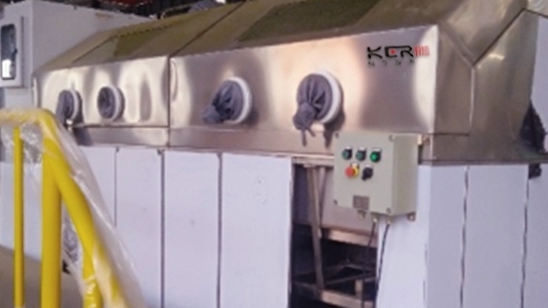
1. 清洗的工件:應該(gāi)清楚的了解(jiě)需要清洗的產品材質構成、形狀結構、尺寸大小、清洗量、 清(qīng)洗潔淨度要求、清洗完成後工序是什(shí)麽等。
1. Workpiece to be cleaned: It is necessary to have a clear understanding of the material composition, shape and structure, size, cleaning amount, cleaning cleanliness requirements, and the process after cleaning of the product to be cleaned.
2. 需清洗的汙物:要清楚清洗工件的油汙形狀,比(bǐ)如:衝壓拉(lā)升油脂、拋光臘、積炭、灰塵、指紋等。
2. Dirt to be cleaned: It is necessary to clearly clean the shape of the oil stains on the workpiece, such as stamping and pulling grease, polishing wax, carbon deposits, dust, fingerprints, etc.
3. 清洗工藝:根據(jù)工件的特質及汙質情況選擇合理的(de)超聲波清洗(xǐ)設備工藝,您可以谘詢相關人員為您提供這方麵的(de)建議,或者請廠(chǎng)家為您提供(gòng)工藝實驗來完(wán)善清洗工藝,清洗工藝的選擇是設備製造前的重要部分,一定要選擇正確的工藝,否則影(yǐng)響將來長期(qī)的清洗效果。
3. Cleaning process: Choose a reasonable ultrasonic cleaning equipment process based on the characteristics and pollution of the workpiece. You can consult relevant personnel for advice in this regard, or ask the manufacturer to provide process experiments to improve the cleaning process. The selection of cleaning process is an important part before equipment manufacturing, and it is necessary to choose the correct process, otherwise it will affect the long-term cleaning effect in the future.
功率的強弱大小對工件的清洗效果好(hǎo)環及清洗時間(jiān)是一個直接決定因素。功率(lǜ)強弱(ruò)大小是根擾工件結構及工件在槽(cáo)內(nèi)擺放方式來選擇超聲波(bō)的輻射分布方式(shì)等(děng)。來計算發射麵所需要(yào)超聲波功率的大小。超聲波功率大小計算采用國際通的標準方式來計算。 一通常來說超聲波清洗機(jī)的清洗頻率選擇為28KHZ和40KHZ比較多,對工件表麵要求極微小的顆粒及表麵不(bú)允許損傷的才選用較高的頻率。
The strength of power is a direct determining factor for the cleaning effect and cleaning time of workpieces. The strength of power is determined by the structure of the workpiece and the placement of the workpiece in the groove to choose the radiation distribution of ultrasonic waves. To calculate the required ultrasonic power for the emitting surface. The calculation of ultrasonic power is carried out using the internationally recognized standard method. Generally speaking, the cleaning frequency of ultrasonic cleaning machines is selected between 28KHZ and 40KHZ, which are more common. Only those that require extremely small particles on the surface of the workpiece and do not allow damage to the surface should choose higher frequencies.
本文由多槽手(shǒu)動超聲波清洗機友情奉獻.更多有關的知識請點擊:http://www.ahfanglei.com91污將會對您提出的疑問進(jìn)行(háng)詳細(xì)的解答,歡迎(yíng)您登(dēng)錄網站留言(yán).
This article is a friendly contribution from CNC high-pressure cleaning machine For more information, please click: http://www.ahfanglei.com We will provide detailed answers to your questions. You are welcome to log in to our website and leave a message
推薦產品
推薦文章
 公司:濟(jì)南科爾超聲波設備有限公司
公司:濟(jì)南科爾超聲波設備有限公司  熱線(xiàn):18663767799
熱線(xiàn):18663767799 地址:山東省濟南市濟陽區創業路(lù)與啟航(háng)街交叉口南40米
地址:山東省濟南市濟陽區創業路(lù)與啟航(háng)街交叉口南40米




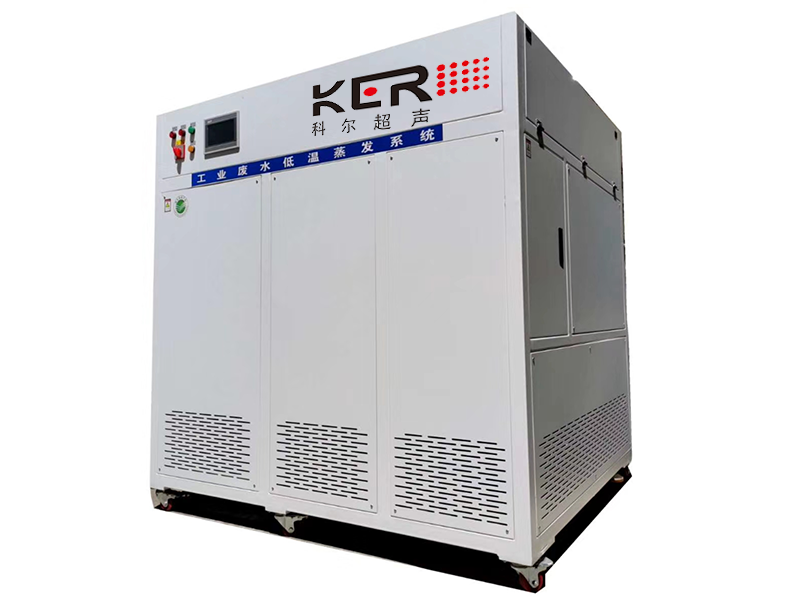
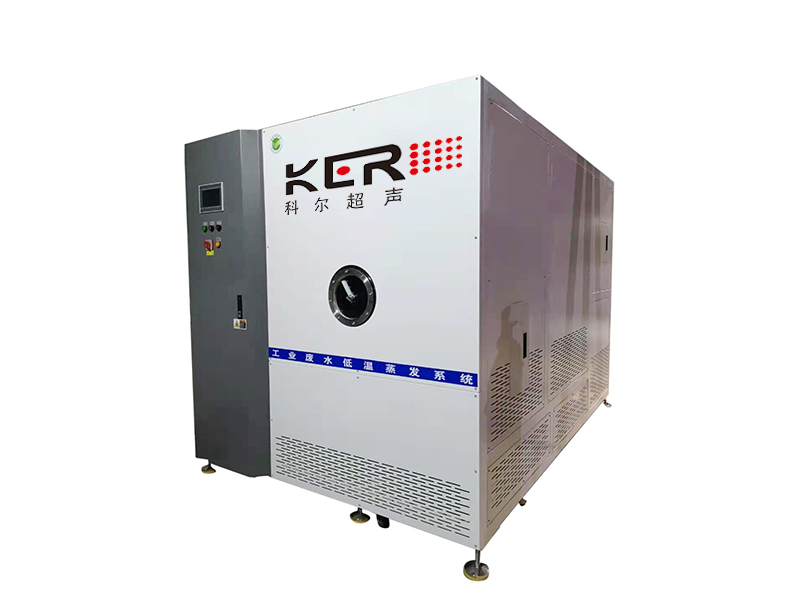
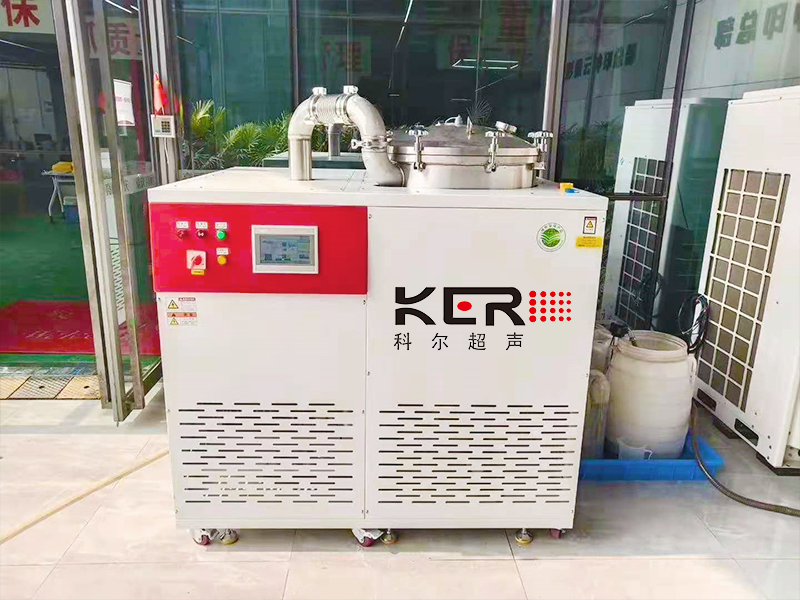
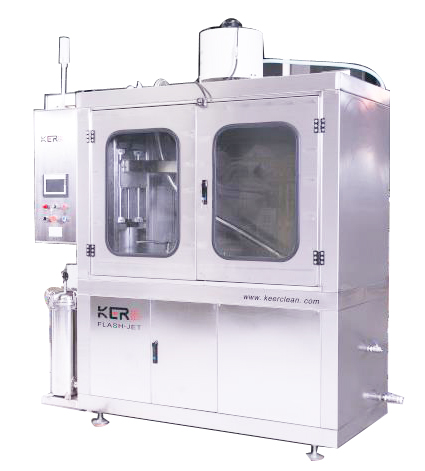
 常見問題
常見問題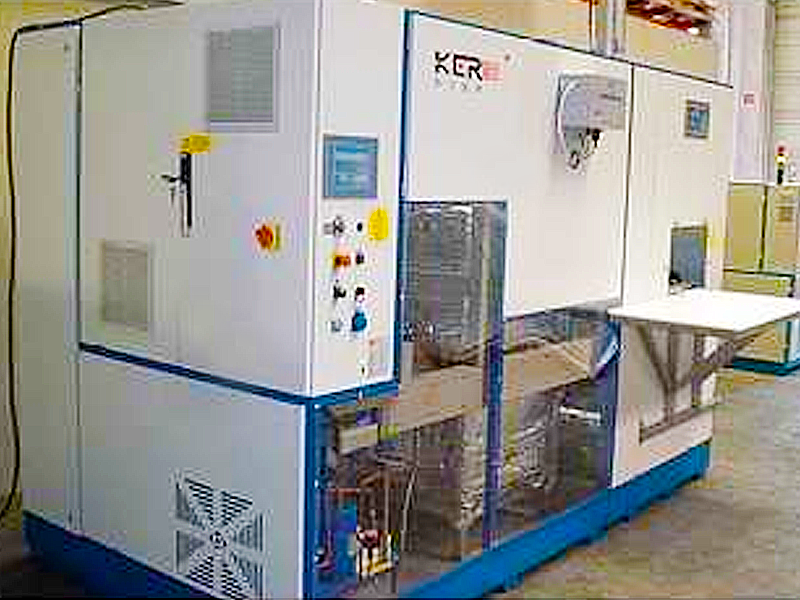
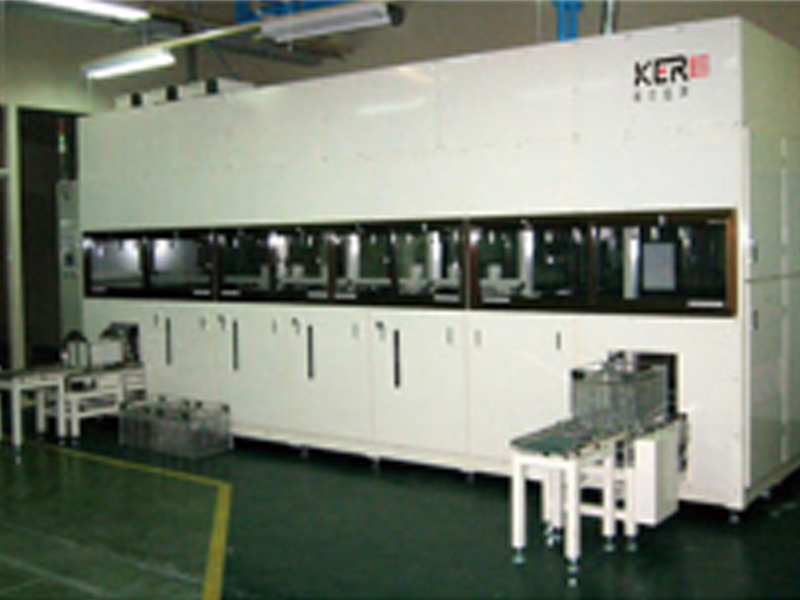
 聯係91污
聯係91污
 谘詢電話:18663767799
谘詢電話:18663767799 E-MAIL:jnkergs@163.com
E-MAIL:jnkergs@163.com 地址:山東省濟南市濟陽區創業路與啟航街交叉口南40米
地址:山東省濟南市濟陽區創業路與啟航街交叉口南40米 魯公網安備(bèi) 37011202001385號
魯公網安備(bèi) 37011202001385號
